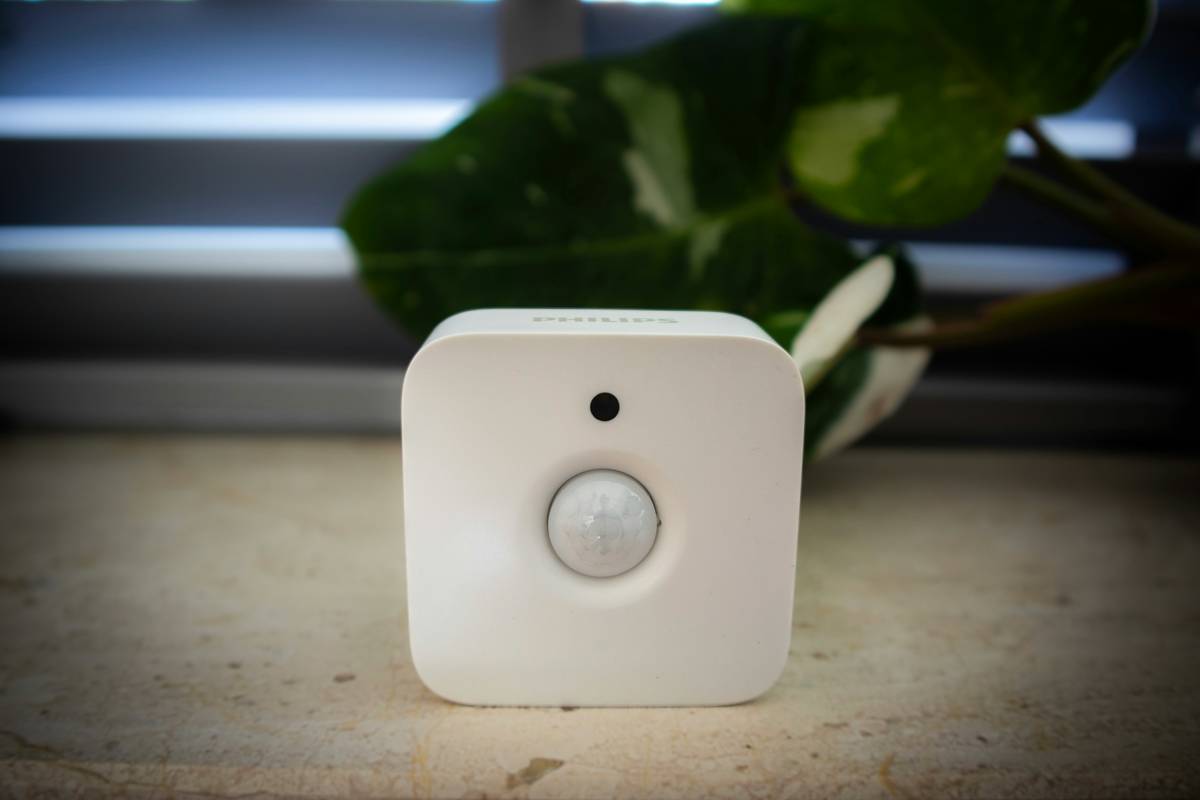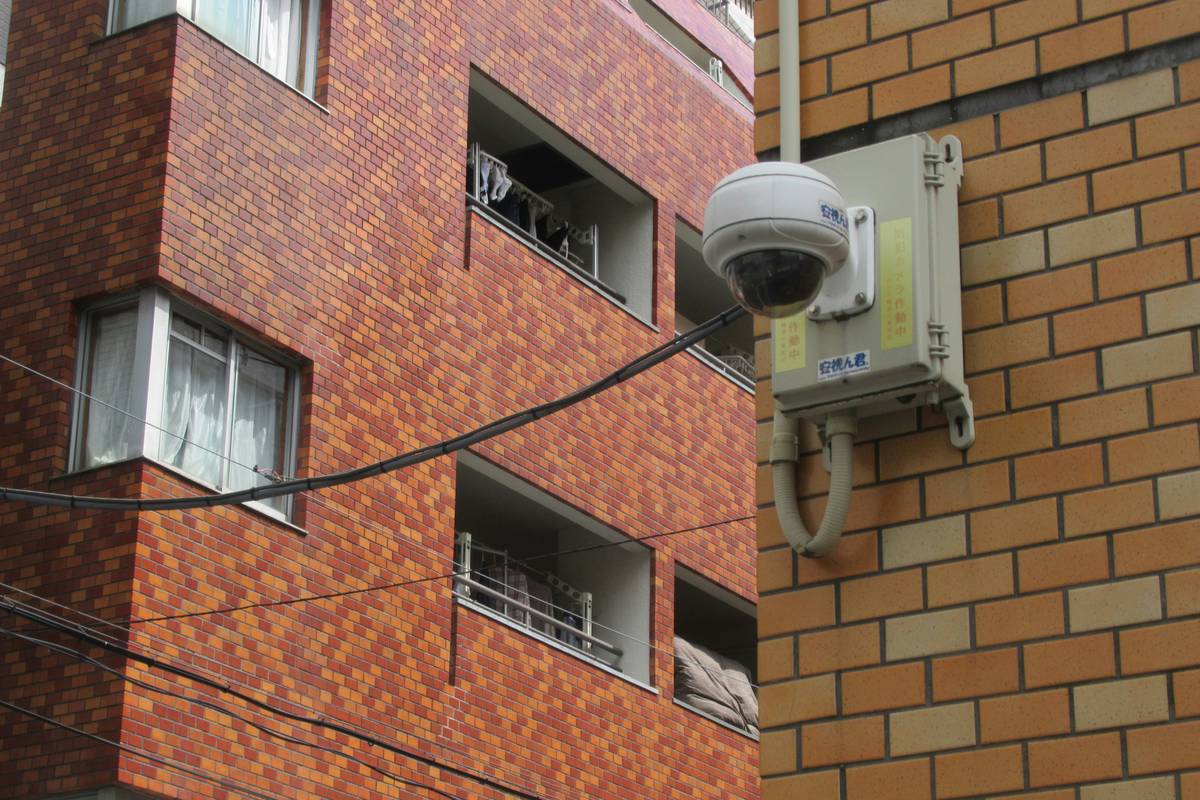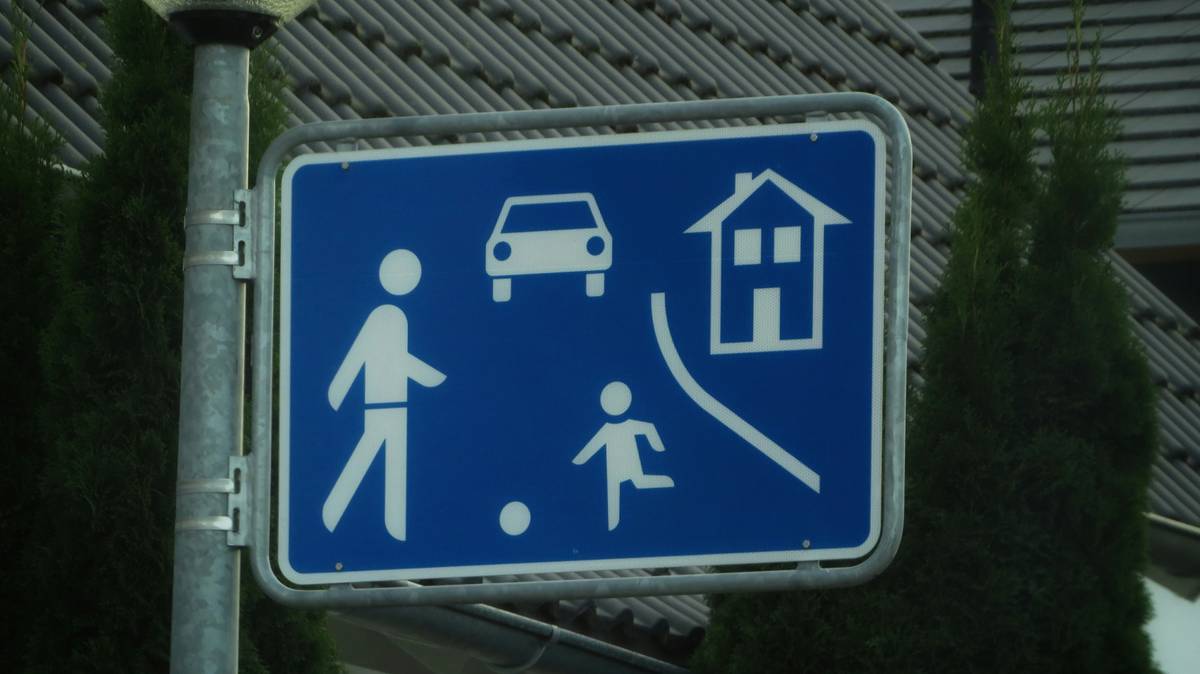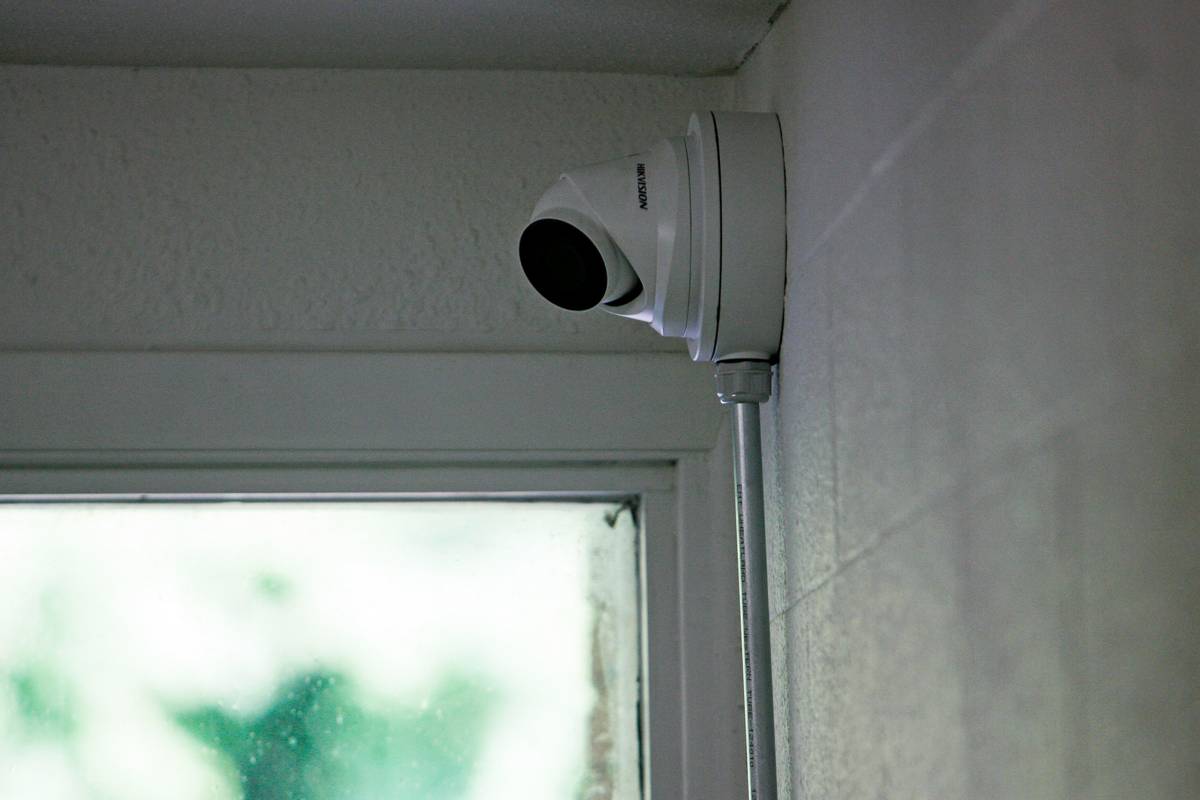Ever heard the sound of your front door creaking open in the middle of the night? Yeah, it’s not a plot twist in a horror movie—unfortunately, it can happen to anyone. And when it does, you’ll wish you had more than just a deadbolt standing between you and potential intruders.
In this guide, we’ll explore how home protection devices can strengthen your home security system while reducing your reliance on burglary insurance. You’ll learn what these gadgets are, how they work, and why investing in them might be the smartest personal finance decision you make this year.
Here’s what’s coming up:
- Why burglaries still happen despite having insurance
- A step-by-step guide to choosing the best home protection devices
- Tips for integrating tech into your current setup
- Real-life case studies of people who dodged disaster with smart tools
Table of Contents
- Key Takeaways
- Why Burglary Insurance Isn’t Enough
- Step-by-Step Guide to Home Protection Devices
- Top 5 Tips for Smart Device Integration
- Case Study: When Tech Saved the Day
- FAQs About Home Protection Devices
- Conclusion
Key Takeaways
- Burglary insurance is reactive; home protection devices are proactive.
- Smart locks, cameras, and alarms form a triad of effective home security measures.
- Deterrence is cheaper than replacement—investing in prevention saves money over time.
- Real-world examples show technology preventing break-ins and lowering premiums.
Why Burglary Insurance Isn’t Enough

“Ah, I’ve got burglary insurance, so I’m good,” said every homeowner about to lose their stuff. Look, no shade on insurance—it’s essential—but let me tell you something that might ruffle some feathers. Relying solely on burglary insurance after a robbery feels like showing up at the hospital with a Band-Aid for an open wound. Not ideal.
I once skipped getting a basic security camera because, hey, “I already pay for insurance.” Spoiler alert: That didn’t end well. A thief slipped through my back window one evening, took my laptop, and left without a trace. Sure, my insurance covered the replacement costs…eventually. But guess what? It didn’t bring back my files or peace of mind.
Optimist You: “But insurance has your back!”
Grumpy Me: “Ugh, yes—but wouldn’t it be better if you never needed it?”
This brings us to our hero today: home protection devices. These aren’t just shiny gizmos—they’re practical investments that can stop break-ins before they start.
Step-by-Step Guide to Home Protection Devices

Alright, let’s get technical. Here’s how to pick and install the right home protection devices:
Step 1: Assess Your Risks
Start by asking yourself:
- Which entry points are most vulnerable (front door, windows, basement)?
- Do you live in a high-crime area?
- What valuables do you need extra protection for?
Step 2: Choose Core Devices
Your dream team should include:
- Smart Locks: Keyless entry means fewer opportunities for lost keys to become easy access for thieves.
- Surveillance Cameras: Deter criminals with visible cameras and record evidence if someone sneaks past.
- Motion Sensors: Trigger lights or alarms when movement is detected.
Step 3: Sync Everything
Use apps like Google Home or Amazon Alexa to integrate all devices. Centralized control makes managing your security seamless—and dare I say fun?
Top 5 Tips for Smart Device Integration
Now that you’ve got the basics down, here are some pro tips:
- Fake It Till You Make It: Set schedules to turn on lights remotely, even when you’re away.
- Double Up Notifications: Connect your phone and smartwatch to alerts for double reinforcement.
- Check Compatibility: Ensure all devices play nicely together (look for brands supporting Z-Wave or Zigbee).
- DIY Installation Woes: Avoid DIY pitfalls by reading manuals thoroughly. Trust me—nobody wants to rewire their entire house.
- Terrible Tip Alert: Don’t skimp on cheap knockoffs. They may seem budget-friendly, but unreliable gear will cost you later.
Case Study: When Tech Saved the Day

Meet Sarah, a young professional living alone. She decided to invest in a Ring doorbell and Nest cams last spring. Fast forward to December—a package thief attempted to snatch her doorstep delivery. Thankfully, the moment he touched her porch, her motion sensor activated outdoor floodlights and sent instant notifications to her phone. One press of her app triggered an alarm loud enough to scare him off.
The result? No stolen goods, zero insurance claims filed, and a whole lot less stress during the holiday season. Now THAT’S value!
FAQs About Home Protection Devices
Are home protection devices worth the investment?
Absolutely! Prevention is always better than cure, especially when it comes to safeguarding your belongings.
Can I install these myself?
Most models come with straightforward instructions. However, for complex setups, hiring a professional ensures optimal performance.
Will smart devices lower my insurance premiums?
Yes! Many providers offer discounts for homes equipped with advanced security features.
Conclusion
To recap:
- Home protection devices go beyond mere convenience—they actively prevent theft.
- A combination of smart locks, cameras, and sensors creates an impenetrable fortress.
- Stories like Sarah’s prove technology doesn’t just protect—it empowers.
So, what are you waiting for? Upgrade your home security game. Because sometimes, the best offense truly is a rock-solid defense.
Like a Tamagotchi, your safety needs daily care. Invest wisely!


